William the Conqueror was the Norman duke who captured the crown of England in 1066, ending Anglo-Saxon kingship on the island and ushering in a new age of feudal society imported from continental Europe.
Not only did this change bring a system of societal organisation based on land ownership and obligatory service, but it also gave rise to another element of feudalism in England: the castle.
The castle arguably emerged from the collapse of the Carolingian Empire in the late 9th century – as central authority crumbled, local lords had to look to their own devices in order to secure their lands (known as fiefs), both from raiders and from rival lords looking to expand their territory.
Castles, therefore, had several functions. Ostensibly they were military fortifications which overlooked a lord’s fief, sheltering goods and villagers in the event of raid or invasion, and protecting a region through the deployment of a garrison.
They also had a residential function, acting as homes for their noble owners. Crucially, they were also important symbols of power. Castles were not only powerful defences, but they were also expensive to build and made an impressive mark on the landscape.
These structures, therefore, projected the symbolic power of the lords who built and owned them, impressing the local population and cementing the authority of their feudal superiors.
It was for these reasons that William the Conqueror embarked upon a campaign of castle building in his newly acquired kingdom in the years following 1066.
William the Conqueror and his Castles
Historical Background about William the Conqueror

The Normans had come to live in Normandy in the 9th century – originally from Scandinavia, they had settled in northern France after an agreement with the West Frankian king Charles the Simple in 911 AD.
Rollo, their leader, had become the first duke of the newly created duchy of Normandy. The Norse settlers adopted the local languages and customs of their native Frankish neighbours, leading to the creation of a distinct cultural and ethnic ‘Norman’ identity in the 10th century.
Throughout the medieval period, they were famed for their martial skill, as well as their catholic piety.
William the Conqueror was a descendant of Rollo. Born in 1028, he was also known as ‘William the Bastard’, as he was the offspring of Duke Robert I of Normandy and his mistress Herleva.
His illegitimate status caused William considerable issues later in his life: however, he was Robert’s only male heir, and therefore he inherited the title of Duke upon his father’s death in 1035. As he was just 7 or 8 years old at the start of his rule, affairs of state were handled by regents.
William had the support of his great uncle, Archbishop Robert, as well as the favour of the King of France, Henry I, which in part had allowed him to succeed his father.
However, the death of his great uncle in 1037 plunged the duchy into chaos as competing nobles fought to act as regent for the young William and wield his ducal authority – in the early 1040s William’s guardian Osbern was murdered in the Duke’s chamber while he slept.
In 1047 the now-adult William defeated a rebellion against his rule and spent the years until 1054 in almost constant warfare securing his rule across Normandy. It was not until 1060 that William had fully consolidated his power and was able to look to his ambitions abroad.
William had a claim on the English throne, as King Edward the Confessor supposedly appointed the Norman Duke as his heir in 1051 – the two were related by blood, as William was the grandson of Edward’s maternal uncle, Duke Richard II of Normandy.
William may have been made successor as relations between the English king and his most powerful Earl, Godwin of Wessex, had soured, leading to a short period of exile for Godwin in 1051-1052.
However, when Edward died on 5th January 1066, the Godwin family was back in favour and Harold Godwinson was crowned as the new king of England.
William gathered a large fleet and invaded the country, defeating and killing King Harold at the battle of Hastings on 14th October 1066. The Norman duke was crowned king of England in London on Christmas Day of that same year.
Controlling England
Now William had the difficult task ahead of establishing his authority over his newly acquired realm. Despite confirming major English nobles in their titles, Norman rule was subject to a series of major rebellions in the years following the invasion of England.
The earls of Mercia and Northumbria revolted in 1068, and the following year Edgar the Ætheling rose to attack William with the aid of the king of Denmark.
William needed a way to counter the potential military movements of rebels, physically holding onto his new possessions, and also to impress his new subjects with a display of wealth and power that would cement his authority and his position as their feudal lord.
The solution to this issue was castles, and William did not wait for trouble to emerge before he began to build them. Immediately following his victory at Hastings and his coronation in London, the new king embarked upon an ambitious building policy, constructing a series of castles across England, particularly in important towns and centres of royal authority.
The castles controlled the countryside and the towns in which they were situated – the garrison could sally out to attack raiders or enemy armies, and the fortifications could act as a place of shelter for friendly troops.
Initially, most of William’s castles were simple wooden motte-and-bailey constructions, but they were soon converted to highly impressive stone keep castles, complete with the latest Romanesque architecture.
Through a process of subinfeudation (where a lord grants land to his vassals to create their own distinct fiefs), Norman knights came to settle across the length of England.
As William’s reign wore on and more rebellions were defeated, the land was confiscated from rebel Saxon nobles and granted to Normans.
Castles of William the Conqueror
Pevensey Castle
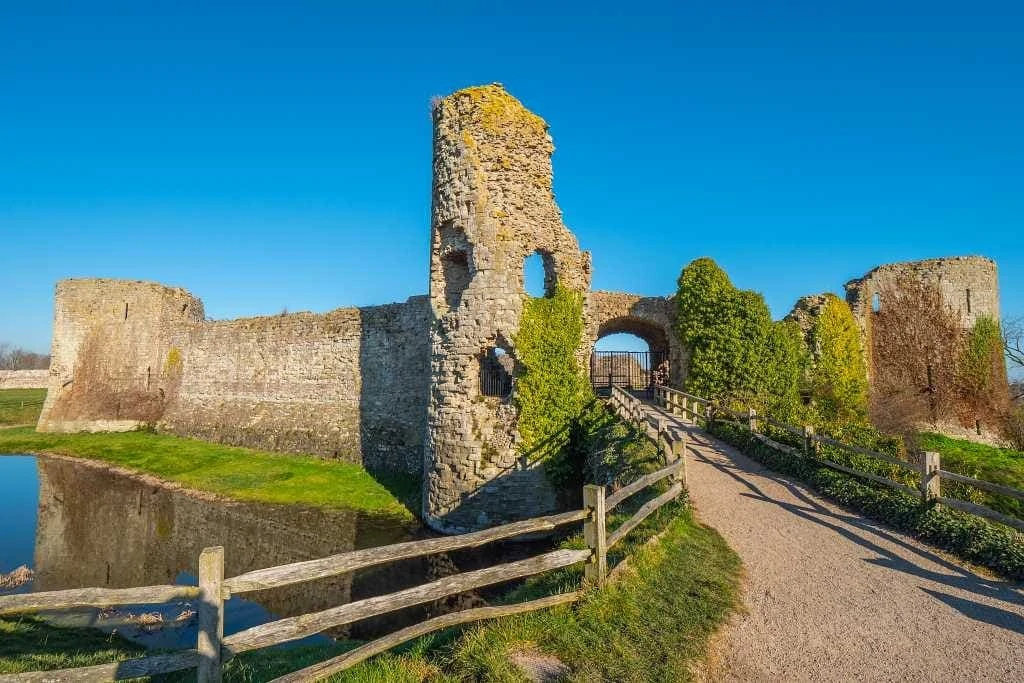
Immediately after landing on the south coast of England in September 1066, William ordered the construction of a motte-and-bailey castle at Pevensey. The castle was built on the location of an existing Roman shore fort known as Anderitum, thought to have been constructed around the year 290 AD.
The Roman fort consisted of a stone wall circuit with towers, measuring 290 metres by 170 metres. The towers were impressive, standing 9.5 metres tall and about 4 metres thick at the base. The fort was built on what was a peninsula at the time, projecting into marshland – over time, silting and land reclamation have left the site and the castle on it landlocked.
As a result, there are only towers on what was once the landward side of the fort. There are also two gates, one to the east and one to the west, and the ground inside the walls was artificially raised, probably using earth excavated during the construction of the wall foundations.
Inside the old Roman fort was constructed a keep similar in appearance to a shell keep castle – it consisted of a curtain wall punctuated by round towers, positioned against the eastern Roman wall.
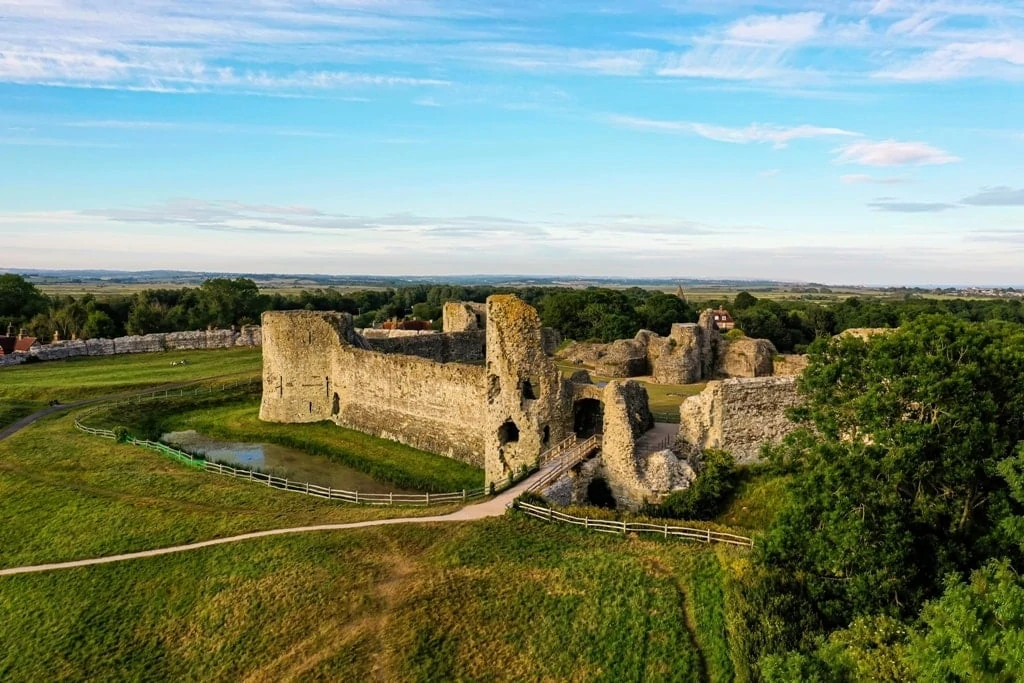
This essentially created a castle within a castle. The Normans referred to the space within their new stone walls as the ‘inner bailey’ (which housed important domestic buildings) and called the area between their new construction and the old Roman walls the ‘outer bailey’ (which was home to functional buildings such as the granary).
William’s construction was initially made of wood, while the stone fortifications that stand there today date from the 13th and 14th centuries. The original keep was soon upgraded to stone and measured 17 metres by 9 metres internally – it also had 7 projecting towers, a very unusual design for the time.
The interior does not survive, but it seems that it included a chapel and kitchen, as well as an entrance on the ground floor, and may have been up to 25 metres in height. The Normans also dug a moat around their new walled keep which was likely around 18 metres wide and spanned by a wooden bridge.
Rebellious Norman barons besieged the castle in 1088 and were unable to take it by assault, although they did succeed in forcing the castle to surrender through starvation.
Hastings Castle

Hastings was another of William’s early castles, built just down the coast from his landing point at Pevensey. Adjacent to the sea, the castle was built to establish a base of operations for William’s forces, from which they raided the English countryside prior to the battle of Hastings in October.
Initially, Hastings Castle was built in wood and featured a wooden palisade, man-made earthwork motte, and outer bailey before the new king ordered it to be upgraded into a stone keep following his coronation. By 1070 the stone castle was completed and stood high above the fishing port of Hastings, dominating the surrounding countryside.
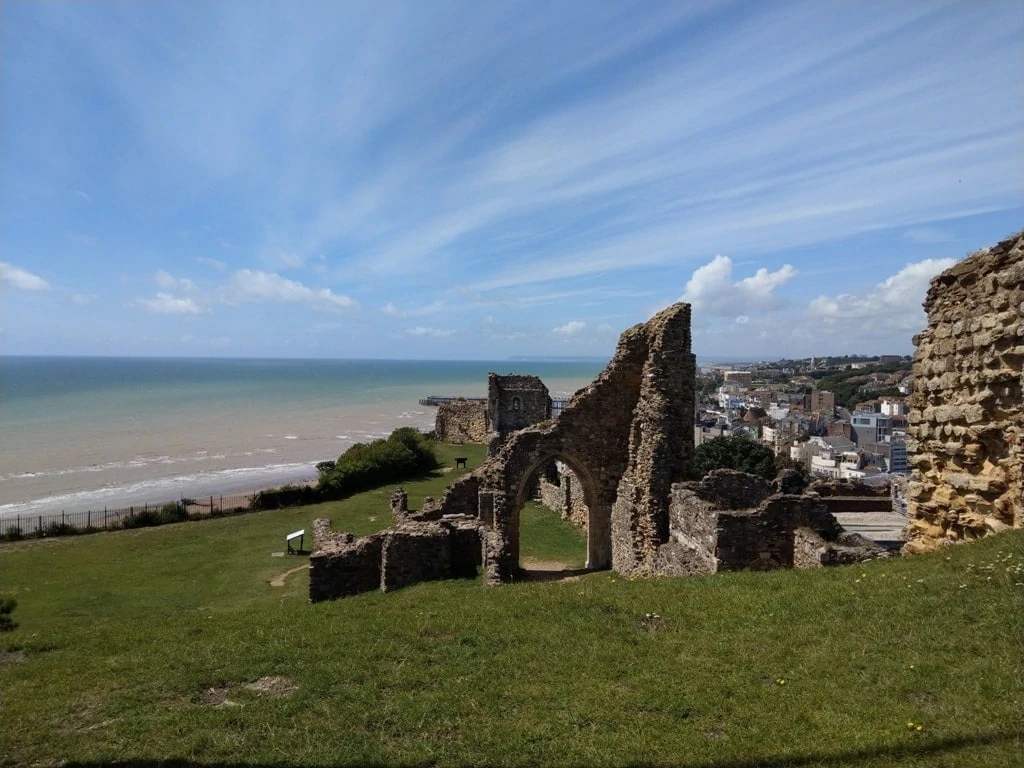
In 1069 William granted the castle to Robert, Count of Eu, and it was held by the house of Eu until they forfeited their English landholdings in the 13th century.
The castle was ruined during the reign of King John I, although not by warfare – the king ordered it to be destroyed to prevent it falling into the hands of Louis the Dauphin of France, who had designs on the English throne.
Dover Castle
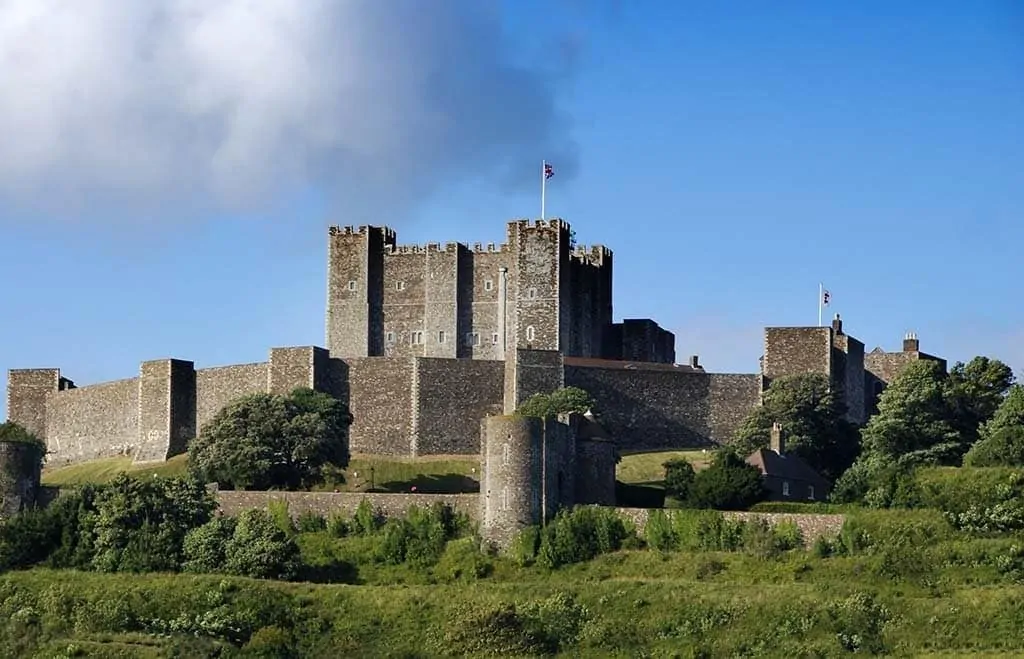
Like Pevensey, Dover was home to pre-existing fortifications that William utilised to build a new castle. Earthworks from the Iron age or earlier still survived, and there may have even been a hillfort on the site. There is also an old Roman lighthouse there, the largest and best-preserved in Europe, which can still be seen today.
Upon their arrival in November 1066, the Normans burned Dover and constructed a new timber motte-and-bailey castle on the hill overlooking the town, taking advantage of the earthworks which were already there.
Dover castle’s location was crucial to helping William control his new realm, as it commanded the route to France by sea as well as the old road to Canterbury.
The fortification successfully repelled an attack by William’s former ally, Eustace of Boulogne, in 1067. The stone keep that stands there today was built by Henry II in the 1180s – nothing remains of the original Norman fortifications.
The Tower of London
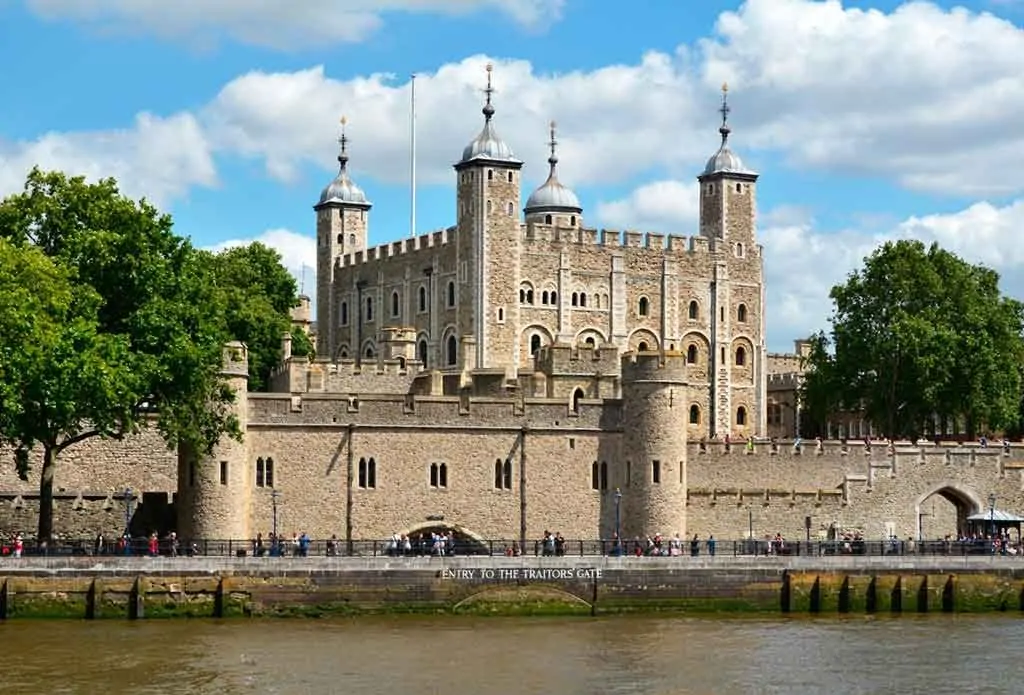
Prior to his coronation in London on Christmas day in 1066, William sent troops ahead to capture the city and found a castle. The site chosen was at the south-eastern corner of London’s old Roman walls, and the Normans quickly constructed a simple wooden fortification.
However, almost immediately after it was completed, William initiated the process of upgrading it to stone. London was an important city and was strategically placed, so an impressive stone castle was crucial to impressing the king’s new subjects and securing his realm.
The site would have defended the entrance to London from the sea (via the river Thames), so was also an important military structure.
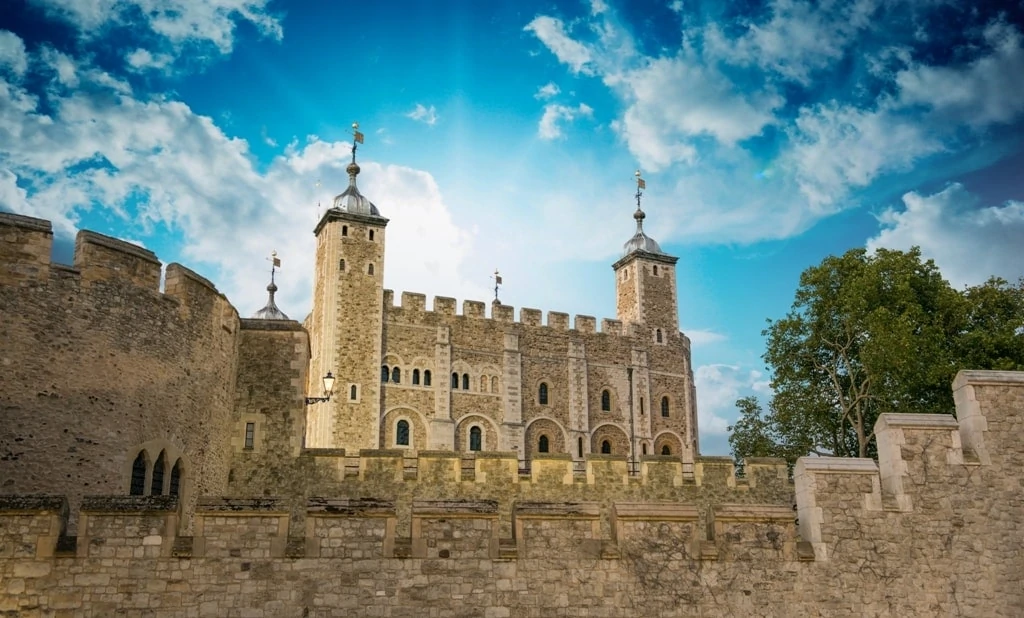
The original Norman White Tower was actually built of Kentish ragstone and detailed with Caen limestone, which has since been replaced with local Portland stone. It also had smaller windows in the Romanesque style which have also been replaced with enlarged later openings, although some of the originals are still visible on the south side of the building.
However, despite later adaptations, the White Tower is an excellent example of an 11th century Norman keep, with distinctively Norman elements such as the buttresses, first-floor entrance with forebuilding, and almost square ground plan (the keep measures 36 metres by 32 metres).
The building also contained luxurious accommodation for the king, although it was only completed after his death in 1087.
Windsor Castle
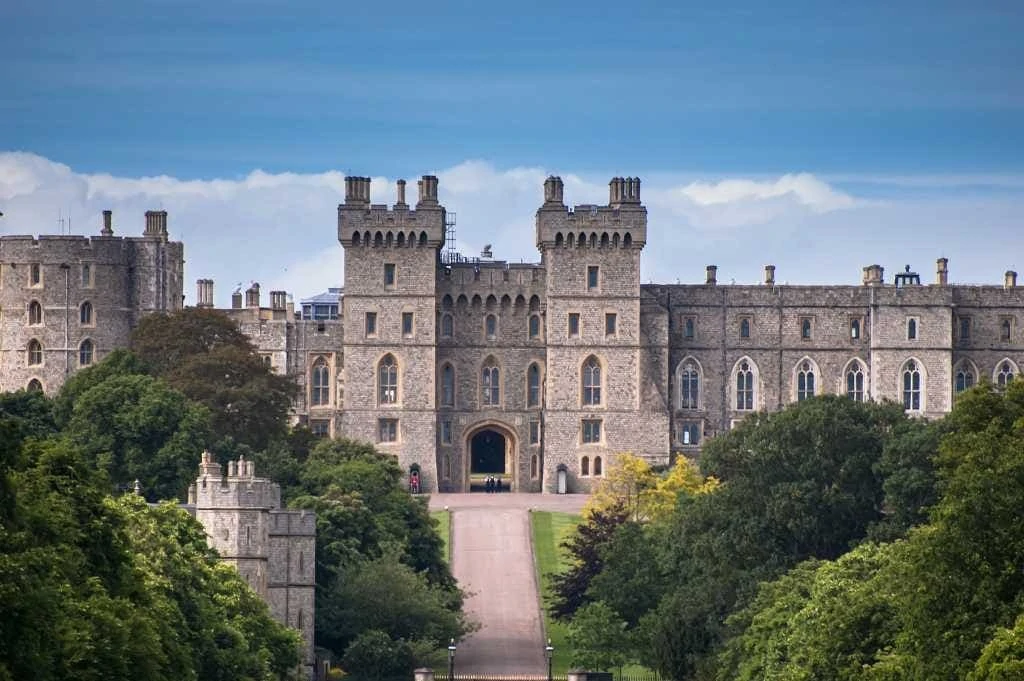
Windsor was established by William the Conqueror as part of a series of motte-and-bailey castles surrounding London, designed to defend the capital from attack. Windsor was especially important thanks to its close proximity to the river Thames, and to the royal hunting forests at Windsor.
The first castle was a wooden keep built atop an artificial motte which stood on a chalk bluff 100 metres above the river. A small wall was also constructed at its base. Soon after it was built, a bailey was added to the east of the keep, and by the end of the 11th century, another bailey had also been built to the west, creating Windsor’s distinctive double-bailey design.
Although Windsor was later used as a royal residence, William and other Norman kings preferred to stay in the palace of Edward the Confessor in Windsor village.
Colchester Castle
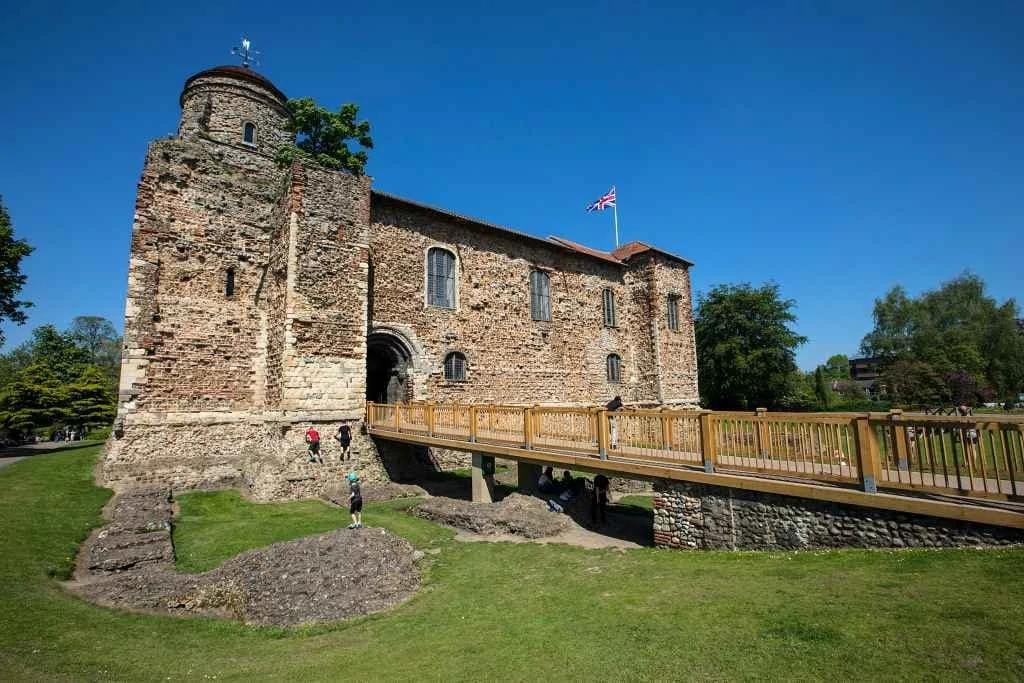
Likely started in the 1070s or 1080s on the orders of William the Conqueror, Colchester castle is a large Norman fortification built on the site of an old Roman temple of Claudius. Because the builders used the foundations and plinth of the old temple, the castle is enormous, measuring 46 metres by 34 metres.
The location was no accident – not only could William’s builders save time and money by reusing the existing foundations, but William could also cast himself as a symbolic successor to the Romans.
Norman elements can still be seen on the building today: there is an archway built of Caen stone at the entrance, a large winding staircase in the south-west tower, and fireplaces with Y-shaped chimneys which emerge from the walls.
A large ditch also surrounded the castle, and a bailey was constructed on the north side close to the town of Colchester.
Norwich Castle
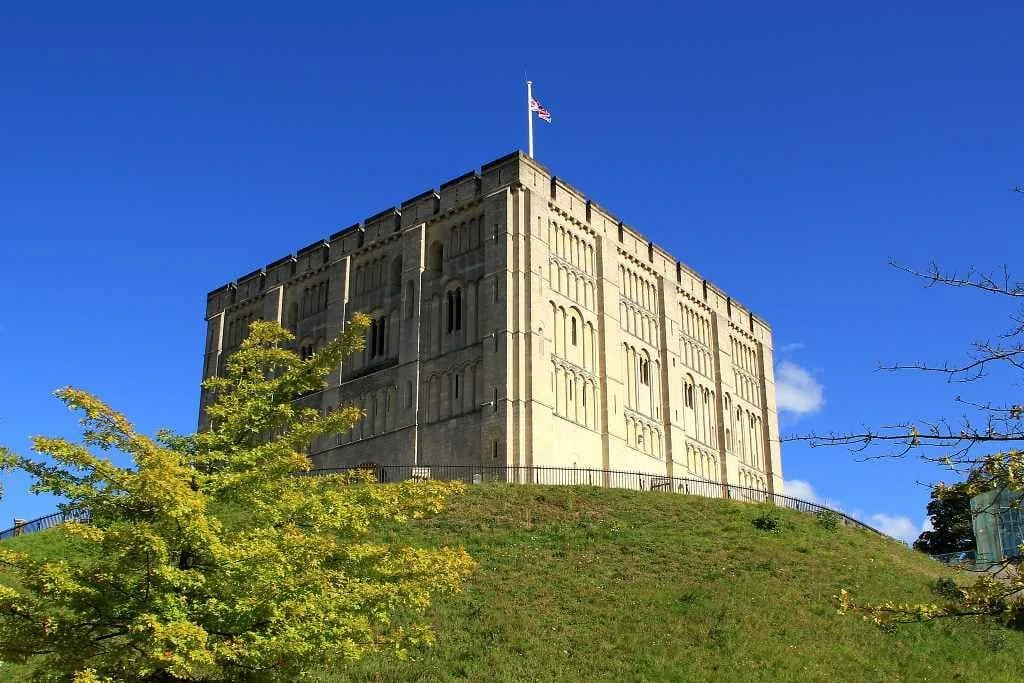
Early in 1067, William embarked upon a campaign to subdue potential rebellions in East Anglia, and it seems likely that Norwich castle was founded around this time.
It stands as an impressive symbol of Norman power and wealth, constructed of Caen limestone imported from Normandy at great expense, and styled according to the latest Romanesque architectural fashions.
The artificial earthwork motte at Norwich is enormous, and up to 113 Saxon houses were demolished to make space for it. William’s castle would have been a relatively simple wooden keep, but at the end of the 11th century, the current stone keep was completed.
It displays all the hallmarks of Norman castle architecture, including buttresses, crenellations, small windows, and even elaborate blind arcading. The castle also had a forebuilding which was later torn down.
Chepstow Castle
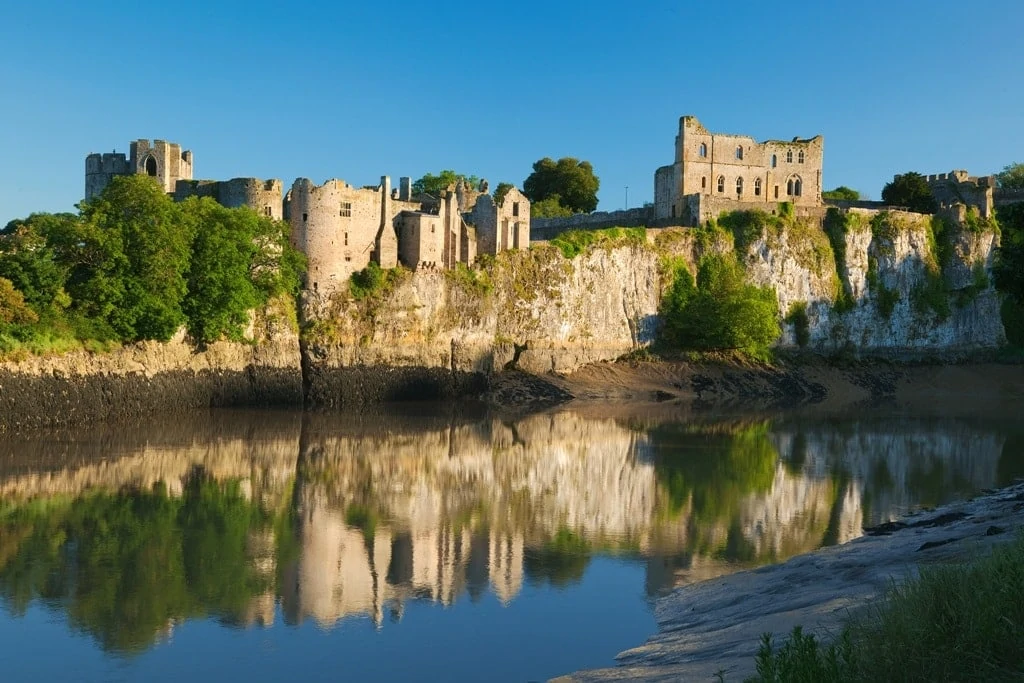
Founded in 1067, this castle in Monmouthshire, Wales was on a strategically important site that William the Conqueror was keen to claim, as it controlled both the river Wye and the roads into southern Wales.
At the time the Welsh kingdoms were independent and presented a threat to the newly crowned king of England. Chepstow was built on limescale cliffs beside the river giving it excellent natural defences in addition to the Norman fortifications.
Unlike William’s other castles, Chepstow was never built of wood – instead, it was initially constructed out of stone, perhaps as a statement of power intended to impress the Welsh kings.
The great tower (the keep) was completed in 1090, with additional towers and baileys being added in the centuries afterwards.
Durham Castle
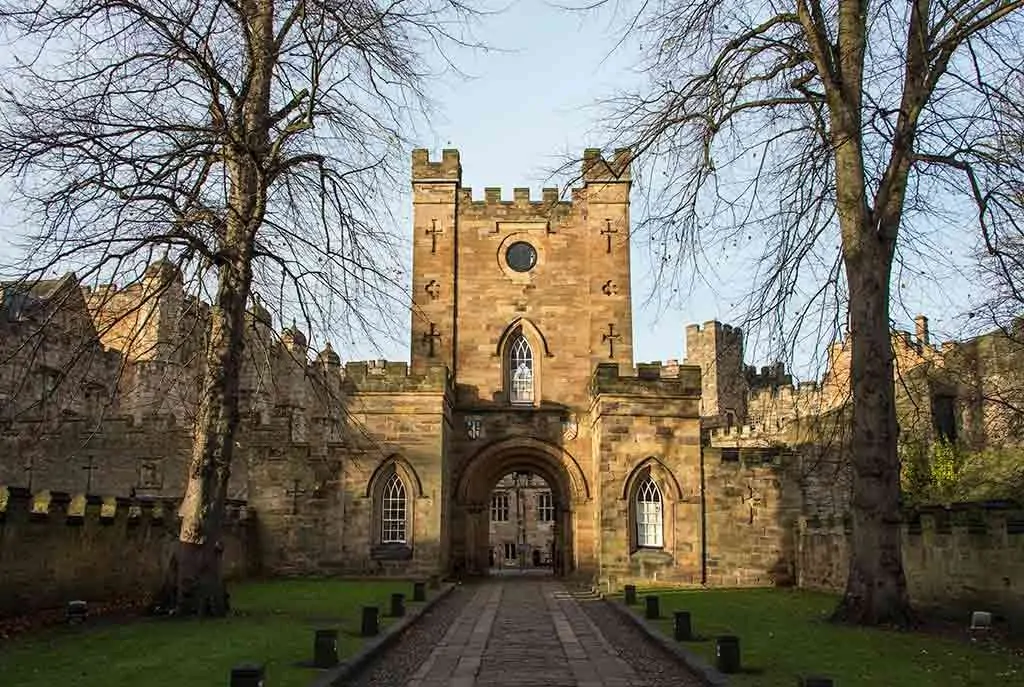
Durham was begun in 1072 on the orders of William the Conqueror following his journey to the North earlier that year. The structure itself was built using local stone cut from the nearby cliffs.
Durham is a classic Norman motte-and-bailey castle – it may have been built of wood initially but was certainly upgraded to a stone keep later on.
Waltheof, Earl of Northumberland, oversaw construction until his rebellion and execution in 1076, after which Walter, the Bishop of Durham, completed the construction work. Durham was crucial to controlling the Scottish border, as well as dealing with rebellions in the North.
York Castle
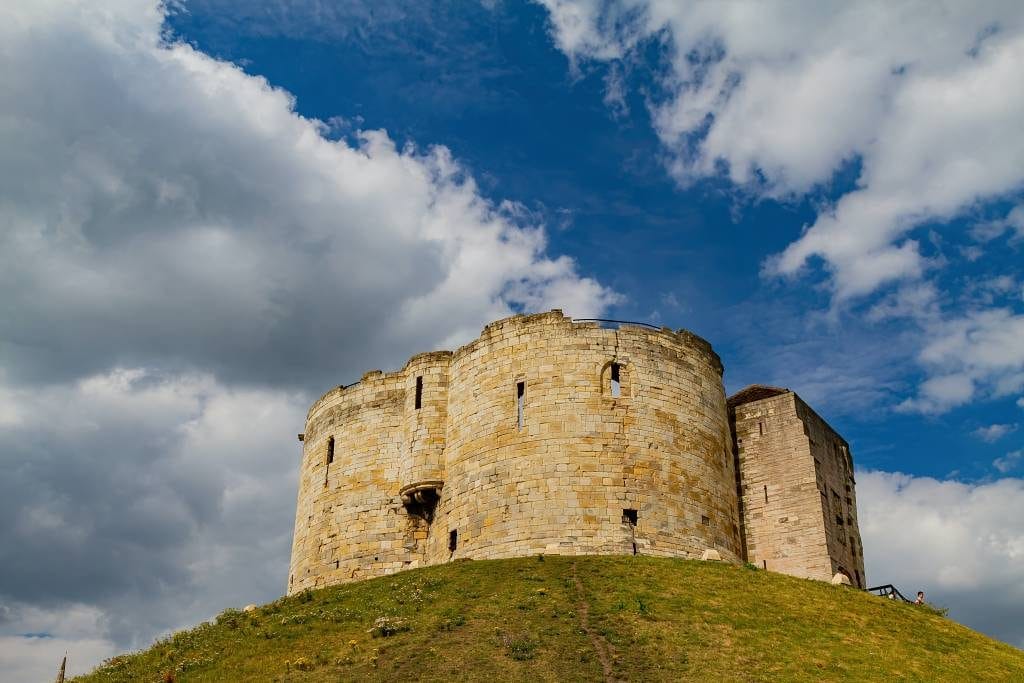
Like Durham, York castle was intended to control the surrounding territory, protecting it against rebellions and cementing William’s authority. York had been an important Viking capital, and in 1068 the new English king built a simple wooden motte-and-bailey, with a motte around 61 metres wide at its base.
This fortification stood on the site of modern-day York Castle, but William also built another castle in 1069 on what is now called Baile Hill, opposite the first fortification. Both castles were captured and destroyed by the Vikings later that year. However, a stone keep was later built on the first site, this time with greater defences including an artificial lake and a moat.
